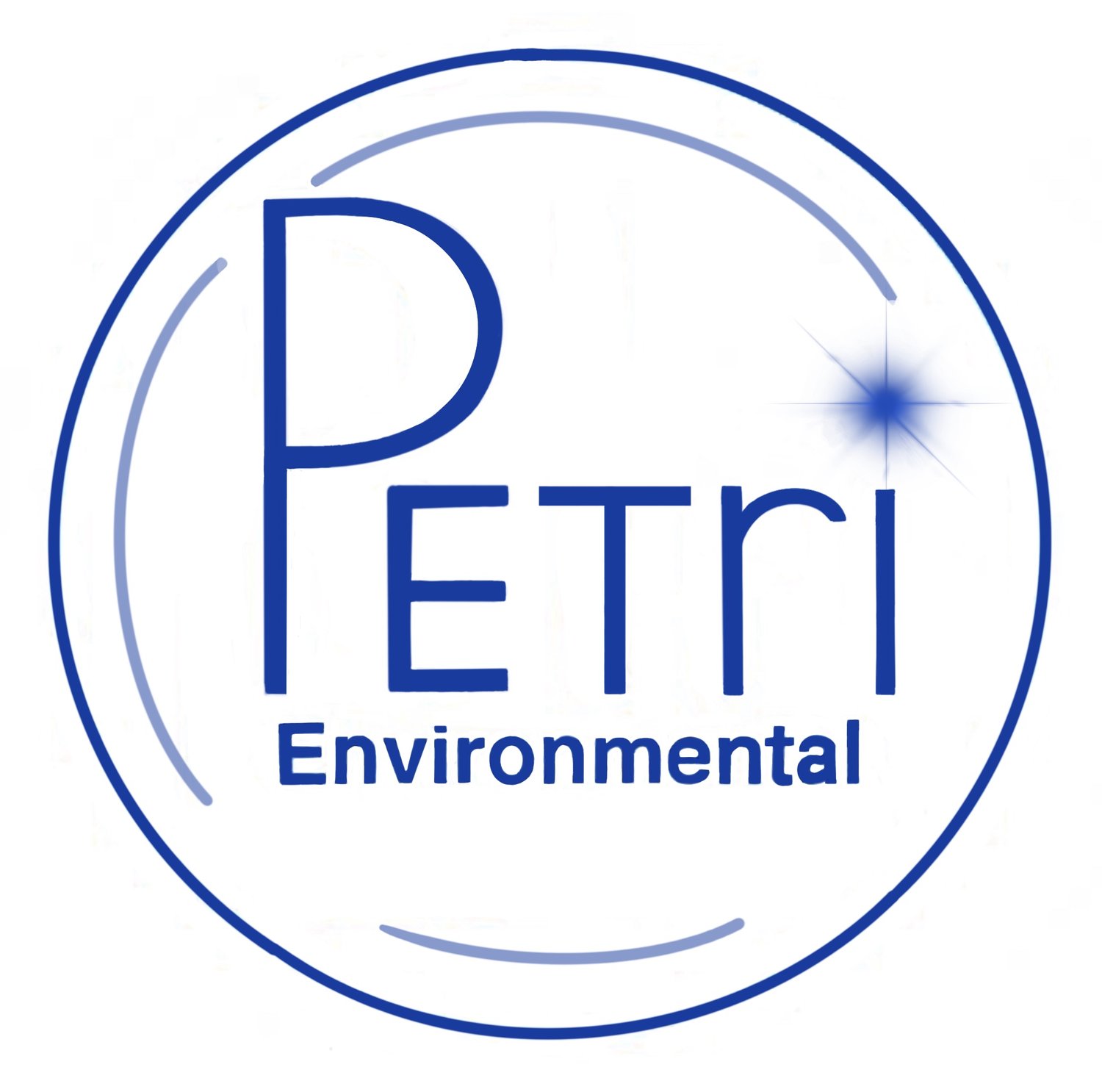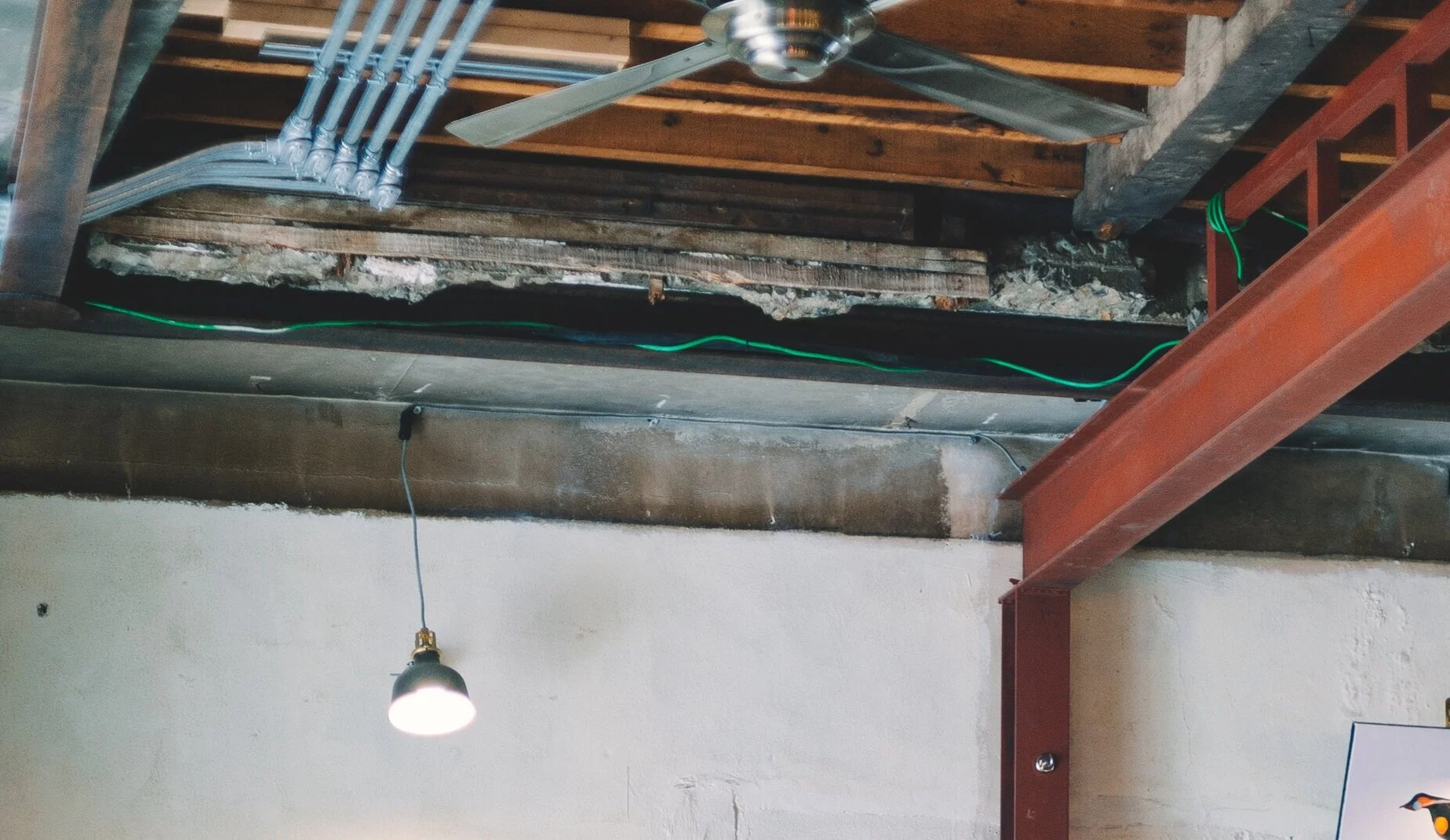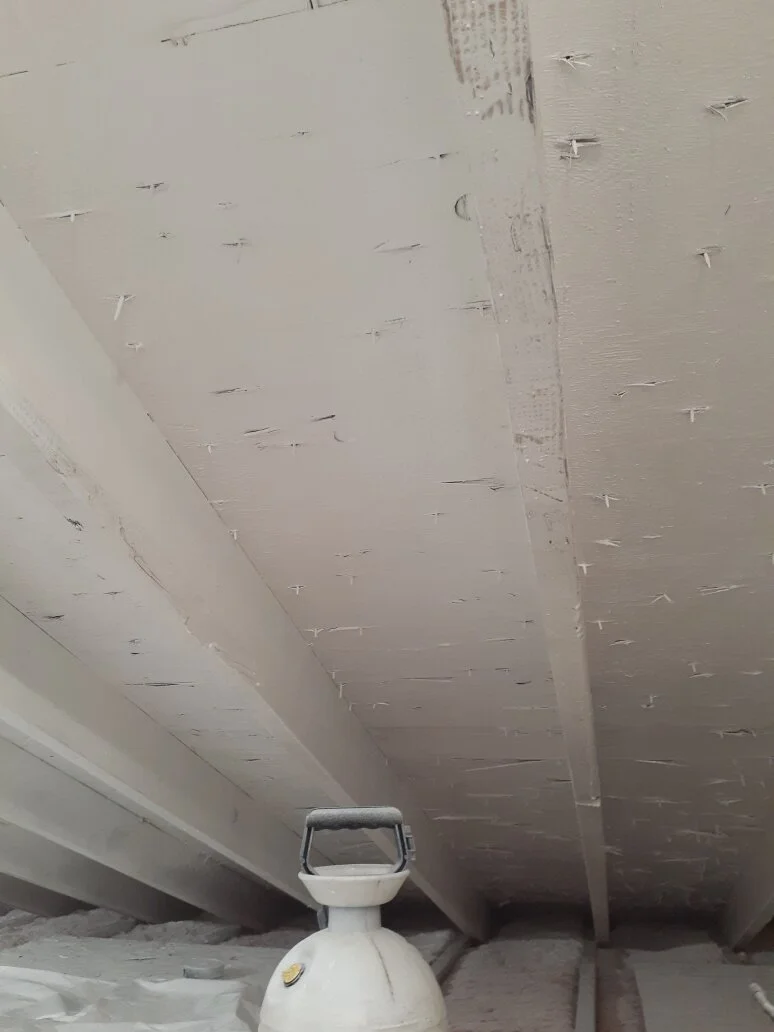
Why Mold is dangerous?
Mold spores & health issues
People at high risk from mold spore exposure:Individuals with asthma or allergiesIndividuals taking medicationPregnant womenChildren 6-12 years-oldInfants
Key facts about black mold:
Black mold is named for obvious reasons, as it is much darker than other types of mold
Black mold often takes longer to grow than other types and needs consistent exposure to water
Not all black mold is toxic, and determining whether or not black mold is toxic is only possible through testing
Though black mold is linked to numerous health issues, any type of mold can affect people, especially those with asthma or allergies
Removing all types of mold should be carried out by trained professionals
Protect your home with our professional mold remediation services
Mold is a serious danger to your home and the people in it, so don't wait to address the problem. If you need black mold remediation or any other type of mold removal, call Petri Environmental LLC to learn more about mold remediation cost.
Mold damage in a home can be especially difficult to remove permanently.
Without a trained and fully certified technician performing the work, the mold may not be completely removed, or it may simply grow back in a few months.
Mold has been found to damage personal property, and also to seriously affect the health of many residents within a household -- especially those with asthma or allergies.
According to the Journal Of Property Management, a single square inch of drywall can contain between one and 10 million mold spores. It only takes three to five of those spores to cause a reaction in a sensitive individual.
Things you should know about mold & mold remediation:
Mold grows quickly: Mold needs only moisture, temperatures above 40 °F (4 °C), and organic material to survive. Mold can grow in 24-48 hours, preferring areas with no sunlight, limited airflow, and little disruption.
Mold destroys your home: Professional Builder Magazine warns that mold will dramatically lower the value of your home. A home worth $250,000 can easily have $100,000 in mold problems and will be difficult to sell at any price. Additionally, mold can lead to serious structural damage to your home.
Cleaning visible mold is not enough: Mold can grow in fiberglass insulation, on top of ceiling tiles, inside ducts, behind drywall panels, in wall cavities, and behind wallpaper. The mold you can see is just the beginning, and some of it is extremely hard to find!
Bleach & detergent will not eliminate mold: Bleach and detergent are useful for removing mold on nonporous surfaces. However, materials such as ceiling tiles, carpeting, and wallboard will have deep mold penetration and may need to be replaced. Removed mold will regrow if all sources of moisture and humidity are not eliminated.
Mold cleaning is hazardous: It only takes 3-5 mold spores to cause an allergic reaction, and some molds contain mycotoxins that are carcinogenic or deadly. Vibrations and movement will cause mold to release their spores; it's easy to accidentally knock hundreds of thousands of spores loose from a single patch of mold! And that's just a drop in the bucket: Recent research has shown that up to one billion mold spores can be found in just one square foot of drywall!
Mold removal requires professional equipment and training: Mold removal experts have a variety of state-of-the-art equipment that they use to identify sources of moisture, to dry out wall cavities, and to safely remove mold that is growing in your home. Samples of mold may be analyzed in a laboratory to identify potentially toxic strains, and special cleaning agents may be used to restore property. While some contractors are jumping on the "mold is gold" bandwagon, it's important to find the established, trained, and equipped contractors that are committed to the industry for the long haul.






